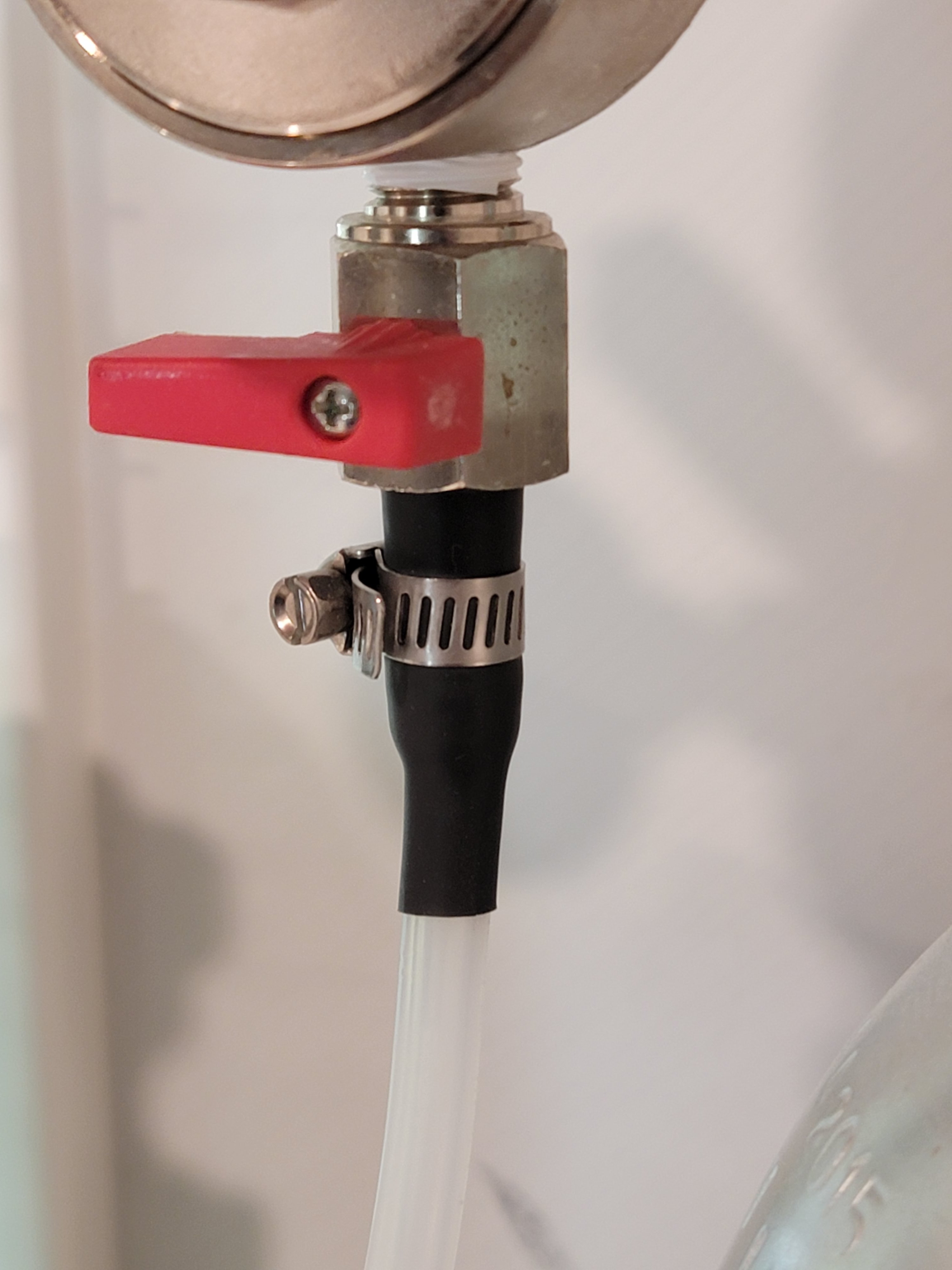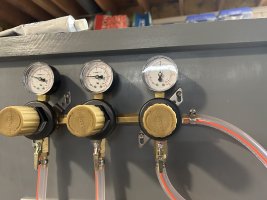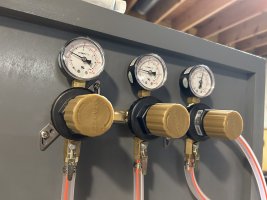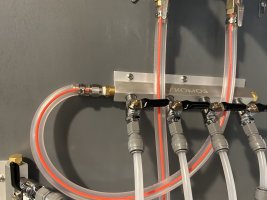Regulators don't normally come sized with 3/8" barbs. I'm not saying they don't exist but I went to Taprite's site to see and didn't find a replacement valve with that barb size.
You looked in the wrong place
https://www.beveragecraft.com/primary-co2-regulator-micromatic/
Lemme tell ya getting 5mm ID EVAbarrier tubing over that bastard was a pita but I got it done with heat and a swaging spike...

Cheers!


 . Duct tape would have been classier
. Duct tape would have been classier . No doubt it must have been a PITA, I'm guessing but that's probably Evabarrier and the biggest common size for that is 9.5mmOD x 6.5mm ID making that a 1/4" on a 3/8".
. No doubt it must have been a PITA, I'm guessing but that's probably Evabarrier and the biggest common size for that is 9.5mmOD x 6.5mm ID making that a 1/4" on a 3/8". .
.




![Craft A Brew - Safale BE-256 Yeast - Fermentis - Belgian Ale Dry Yeast - For Belgian & Strong Ales - Ingredients for Home Brewing - Beer Making Supplies - [3 Pack]](https://m.media-amazon.com/images/I/51bcKEwQmWL._SL500_.jpg)





















































